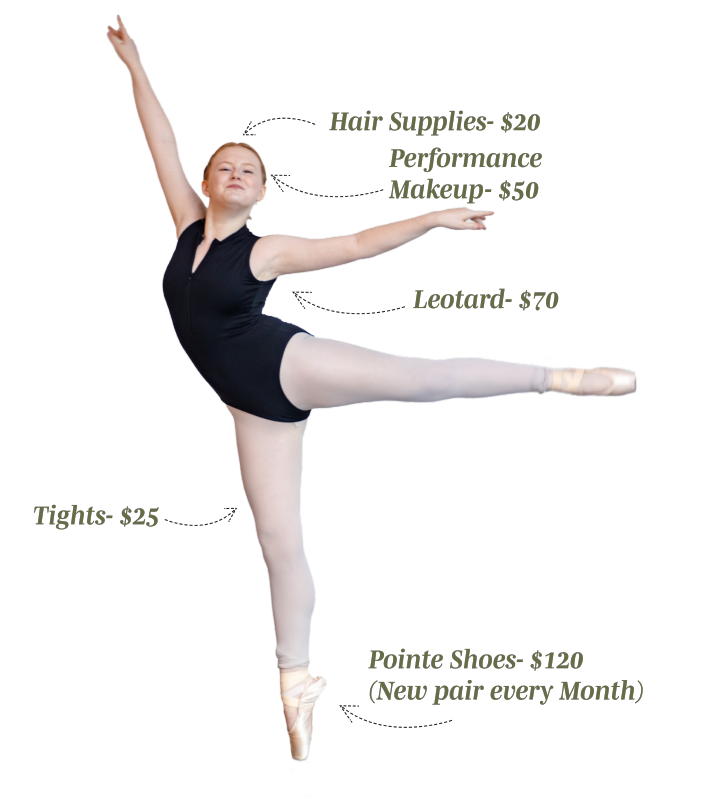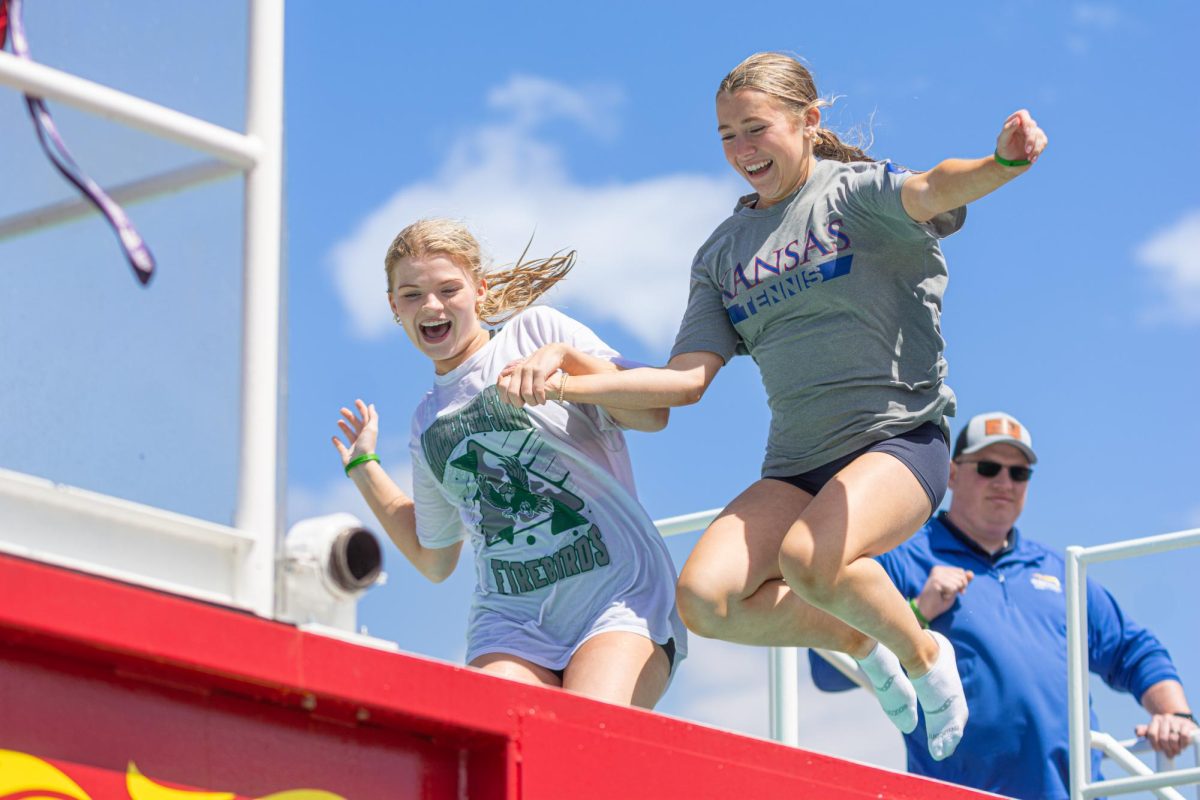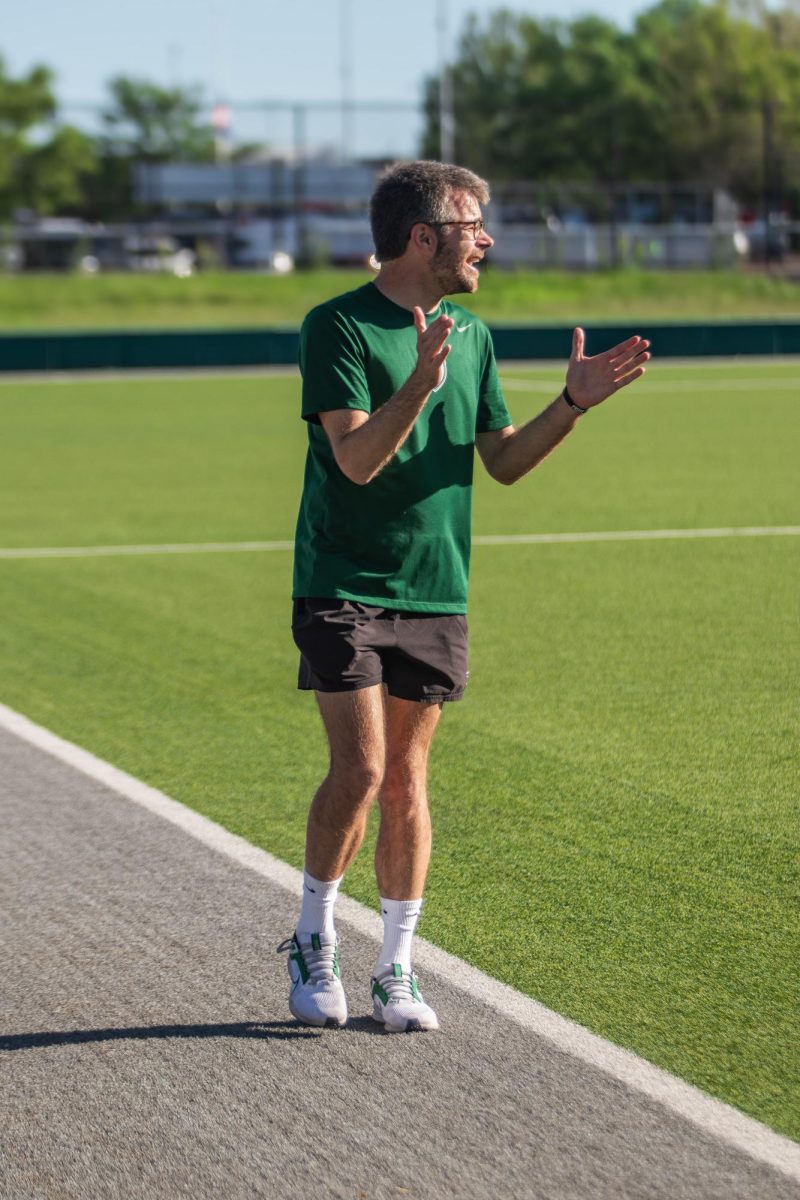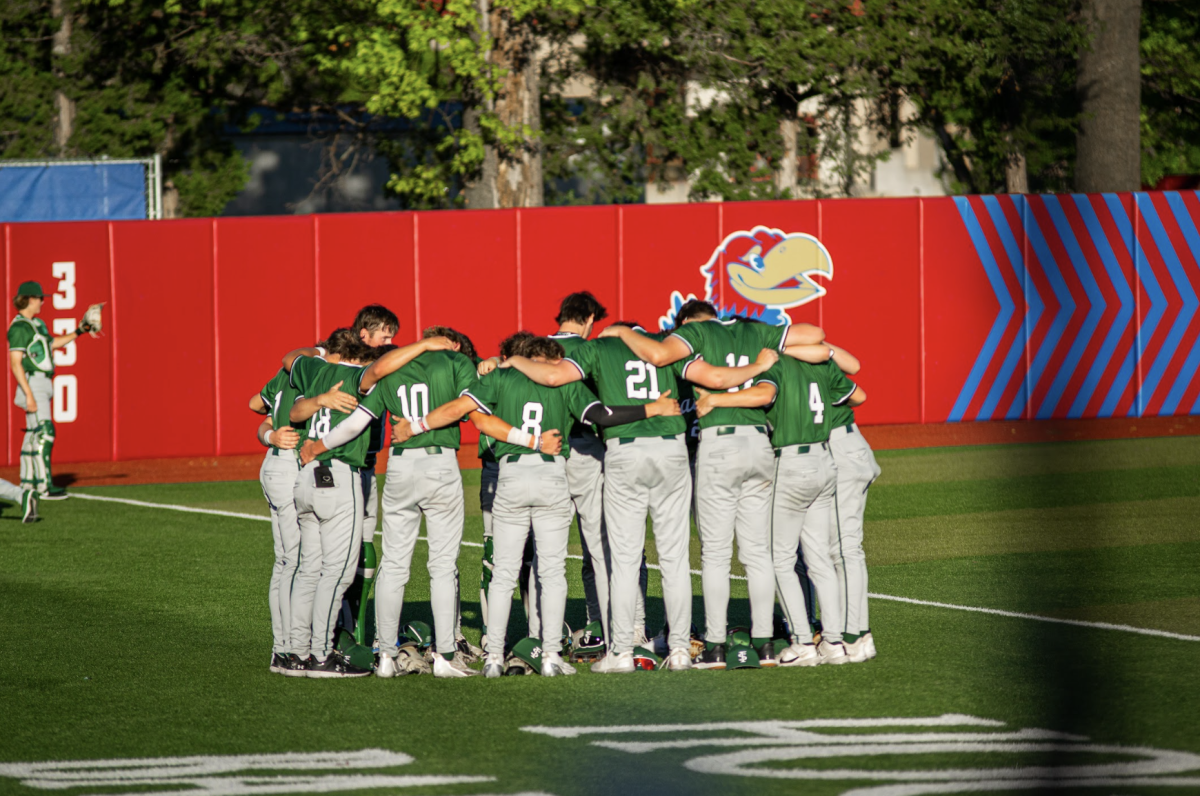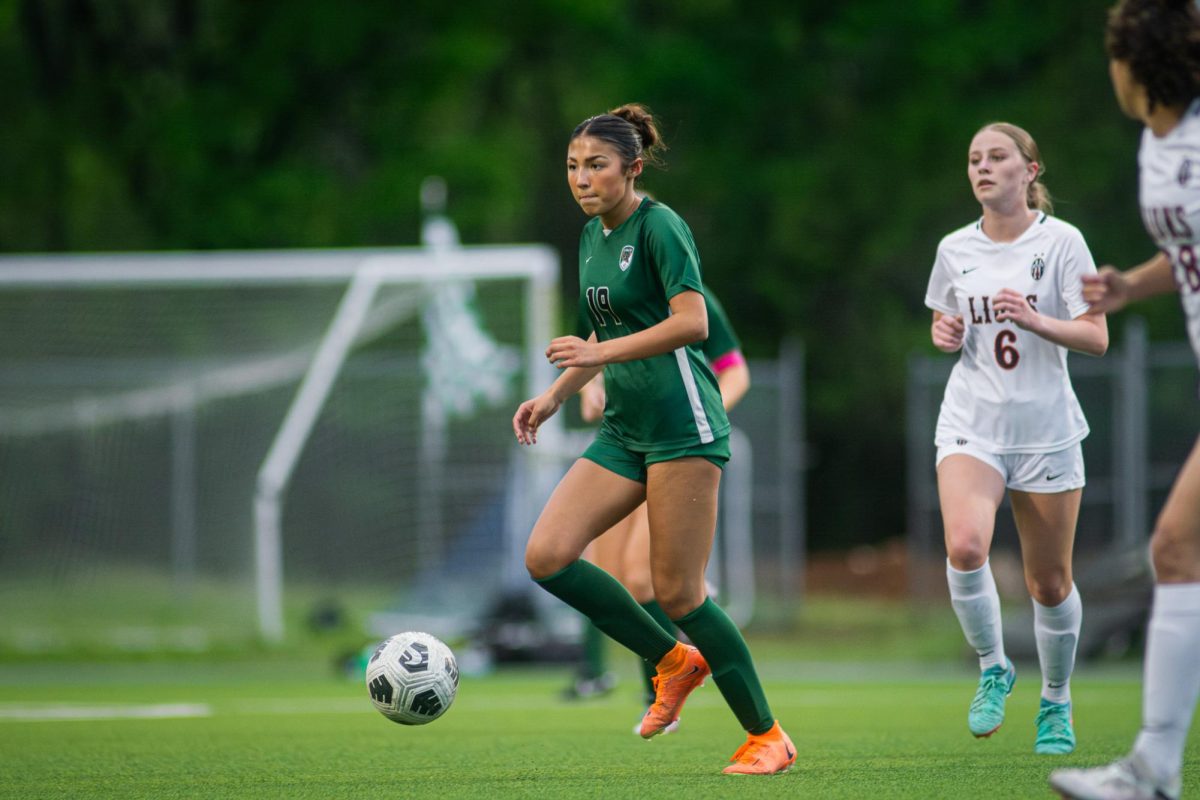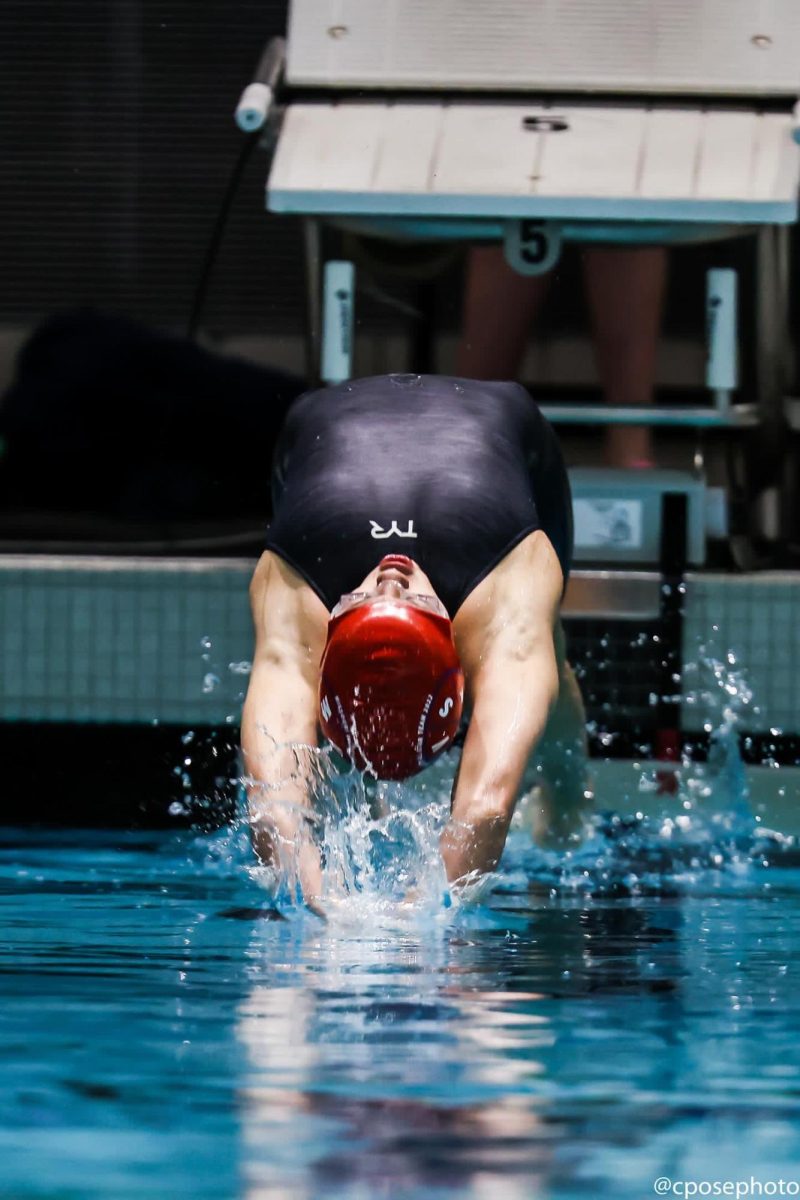$883. On average, a family spends $883 on their child’s youth sport every year, according to Aspen Institute. That’s roughly $73 a month, leveling out at around $20 a week. That’s enough to cover meals, health needs or weekly transportation.
But nowadays, many families set aside these big numbers for their child’s athletic career; following questions of price relating to performance have arisen among many athletes.
Nearly one in five lower-income parents report that costs forced their children to cut back on sports, according to a national poll from the University of Michigan.
To be successful, an athlete needs reps, training and live competition. All of these opportunities, which most high-level athletes have access to, fall back on one factor: money. With the rise of elevated competition levels at a young age, access to reps have become more important than ever.
According to Statista, the youth sports industry produced an estimated $37.5 billion in the U.S. in 2022. Now more than ever, these numbers are skyrocketing because of high competition demands. Due to these rising prices, many athletes are being outran and shown up financially by other peers whose families have more money to finance their child’s sport.
Depending on the sport, thousands of dollars are spent annually on equipment alone; this factor, which inevitably varies based on the athlete, already creates an uneven playing field before the performance starts.
Dance, which requires numerous accessories to participate in the sport alone. Freshman Isla Gnojek, a dancer for Lawrence Ballet Theatre and at the Lawrence Arts Center, began their dancing career following their first footsteps.
Gnojek and their family are expected to pay for numerous items: dance classes, which renew by semester; pointe shoes, which get worn down and need replaced within weeks; numerous leotards, around $80 each; and makeup as well as hair supplies to go along with it. And this does not even include initial rates, travel expenses and other miscellaneous purchases.
Quickly, the fees pile up, creating a budget burden for many families. In 2022, CNBC reported that 59% of families have found youth sports financially straining. Consequently, the statistic will continue to increase. Gnojek described the high prices as inequitable and said that to invest in the sport as an athlete, economic investments are required.
“You are going to be spending a lot of money. It’s a full investment in the sport so it does narrow down opportunities for people that can’t afford it,” Gnojek said.
Additionally, the increased competitiveness and professionalization at a young age for many athletes have forced year-round training habits to reach success. On top of the school season, many competitive athletes spend the remaining months of the year competing on traveling teams.
To see premiere levels, many athletes in town migrate to the Kansas City Metro area for a more competitive level. High levels of sports such as baseball, softball, volleyball, soccer and basketball are commonly seen outside of Lawrence; for athletes in town, the pressure to travel for a more competitive environment increases.
Softball player Senior Elsa Carrillo, Johnson County Community College commit, has traveled to a club team in Kansas City for around eight years. Carrillo described the correlation as less population, less talent; she said going to Kansas City was a move in her career that opened a door to new opportunities.
“There was more of a variety of talent out there than in Lawrence… I got better coaching, I had better resources and better fields and facilities,” Carrillo said.
With the commute, prices intensify quickly. Take an estimated 45 miles, there and back, then multiply it by how many times a week an athlete practices – it adds up. Then, add up travel expenses for competitions on the weekends; suddenly, thousands of dollars annually are reserved for a youth sport.
However, these financial commitments are ones that several families cannot make, leading to an uneven, inequitable situation. Low-income kids ages 6–18 are six times more likely to quit sports due to costs, according to a study from the Aspen Institute’s Project Play initiative in 2020.
Cheer team member sophomore Taylor Andrews expressed the setbacks money requirements come with, as she has seen members not able to participate in cheer because of the high costs.
“It obviously decreases the people that can participate and makes a barrier for some people because some people can afford everything and they can participate at the most, but some who have the talent to be where they should be but they can’t afford it because they’re not in the same place as others,” Andrews said.



